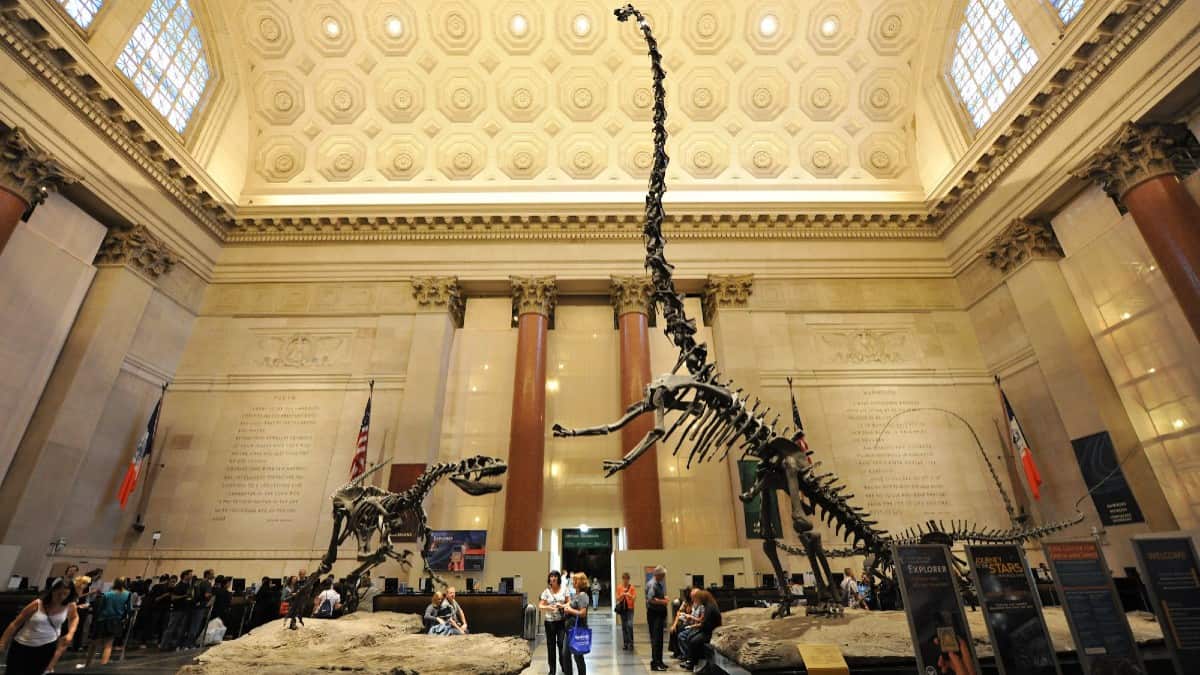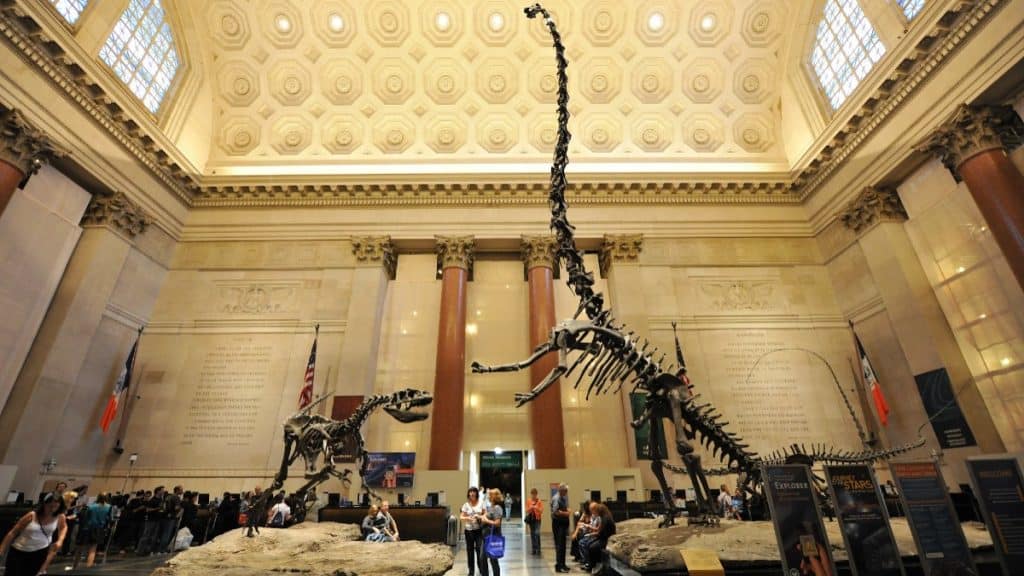
The American Museum of Natural History in New York has 45 permanent exhibition halls and a planetarium.
The massive science museum contains more than 34 million exhibits, but only a small portion are on display at any given time.
These exhibits occupy more than 2 million square feet (190,000 m2) of museum space, which is managed by a full-time scientific staff of 225 experts.
Besides the exhibits, the New York Natural History Museum has five special exhibitions and shows.
This article explains what to expect and see at the American Museum of Natural History in New York.
Table of contents
What to expect at AMNH, New York
If you only want to see the museum’s exhibits, you must book the General Admissions ticket, but if you want to see one of the special Exhibitions or shows, opt for the General Admissions + one ticket.
Select your ticket on the booking page.
Museum highlight tours
Every day, the American Museum of Natural History staff takes visitors on public tours to highlight the Museum’s collections.
These tours are available in English, French, Chinese, Spanish, Hebrew, and Italian.
If you want to keep it simple, we recommend buying American Museum of Natural History tickets online and joining one of these tours.
Visual Story: 13 must-know tips before visiting the American Museum of Natural History
What to see at American Museum of Natural History
If you don’t want to join a group, you can explore the American Museum of Natural History, New York, by yourself, following our recommendation of the must-sees.
We start from the first floor and go up to the other highlights.
Giant Sequoia Tree

Start with the Giant Sequoia Tree on the first floor in the Hall of North American Forests.
The Giant Sequoia in the museum is more than 1,400 years old and was 91 meters (300 feet) tall when loggers cut it in California in 1891.
Lucy, the oldest woman
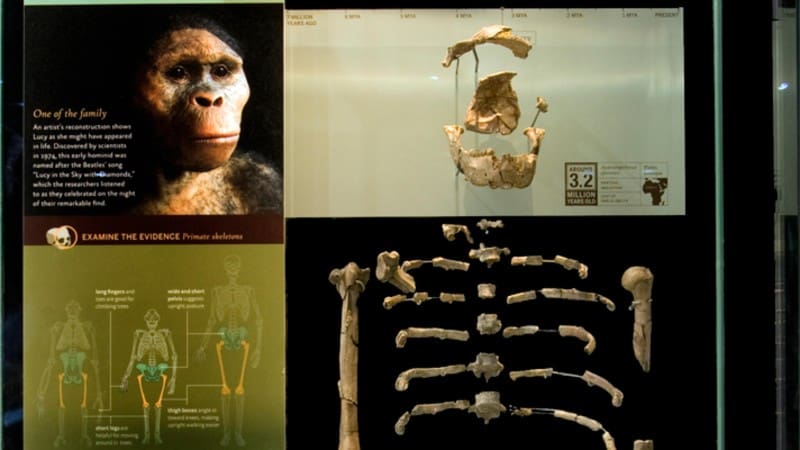
Lucy is a woman who walked the Earth 3.18 million years ago.
Discovered by scientists in 1974, she stood well under 4 feet tall.
Lucy is one of the complete skeletons found from the early hominids that flourished between 4 and 2 million years ago.
She is in the Anne and Bernard Spitzer Hall of Human Origins on the first floor.
African Elephants

The African Elephants are on the second floor, in the Akeley Hall of African Mammals.
They are the largest living land mammals, and both male and female African elephants have ivory tusks.
In the 1930s, there were around 10 million elephants in Africa’s forest savanna and semi-desert, and now we are left with only 400,000.
Folsom Spear Point
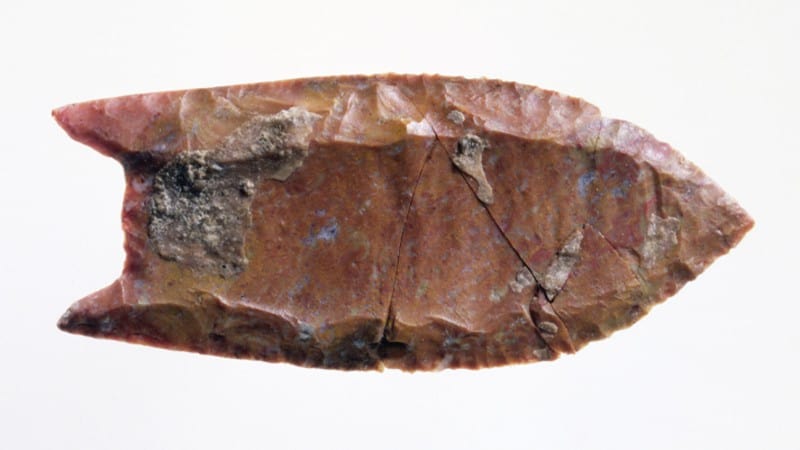
Folsom Spear Point is on the third floor, in the Hall of Plains Indians.
The Folsom Point was crafted from flint around 10,000 years ago and is one of the most important archaeological finds ever made in North America.
When found, the spear was in a bison that had been extinct for 10,000 years – proof that humans had arrived in North America much earlier than scientists previously thought.
Easter Island Head

Rapa Nui (Easter Island) has rows of Moai, towering figures of deified ancestors carved from volcanic tuff rock and installed near the water’s edge.
During a 1935 museum expedition to Rapa Nui, a plaster cast of one of the heads was secured, which is now on display.
Ever since Ben Stiller’s Movie Night at the Museum featured the Moai cast, it has become popular with kids and adults.
You can see the Easter Island head on the third floor in the Margaret Mead Hall of Pacific Peoples.
Galapagos Giant Tortoise

Visitors can see the Galápagos Giant Tortoise on the third floor, in the Hall of Reptiles and Amphibians.
These amphibians are among the most impressive of all the unique creatures that walk the Galápagos Islands.
Two centuries ago, the islands were home to more than 200,000 giant tortoises. But today, four species are extinct, and only 20,000 remain.
Dinosaur Mummy

Dinosaur Mummy at the American Museum of Natural History is one of the complete pieces of Mesozoic dinosaur remains ever found.
You can see this fossilized imprint of the carcass of a duck-billed dinosaur on the fourth floor of the Hall of Ornithischian Dinosaurs.
The Glen Rose Trackway

The Glen Rose Trackway consists of a 107-million-year-old series of fossilized dinosaur footprints.
The footprints were excavated from the bed of the Paluxy River in Texas in 1938.
The smaller prints are from a Theropod, a dinosaur that walked on two hind feet, and the larger prints are thought to be from a vegetarian sauropod, whose hind feet measure a meter (3 feet) in length.
The Glen Rose Trackway is on the fourth floor, in the Hall of Saurischian Dinosaurs.
Stegosaurus
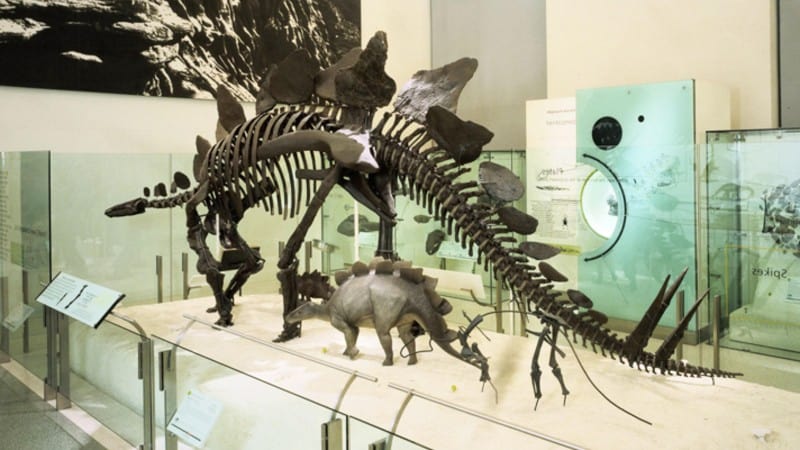
Visitors can see Stegosaurus, a herbivorous, four-legged dinosaur, in the Hall of Ornithischian Dinosaurs on the museum’s fourth floor.
When you stand in front of this animal that lived more than 150 million years ago, don’t miss out on the upright plates along their backs and spikes on their tails.
The Titanosaur
Titanosaur is a 37-meter (122-foot) long dinosaur, which is too big for its room, so much so that its neck and head extend towards the elevators.
As a result, this floor of the American Museum of Natural History is known as the ‘dinosaur’ floor.
Titanosaur touches the gallery’s approximately six-meter (19 feet) high ceilings, as well.
Harriet and Robert Heilbrunn Cosmic Pathway
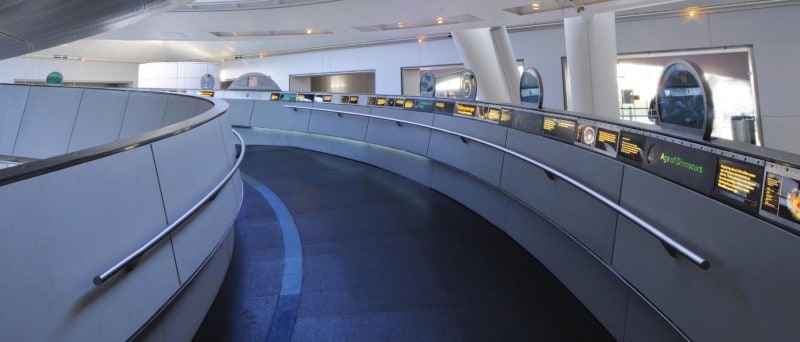
The Harriet and Robert Heilbrunn Cosmic Pathway is a 110-meter (360-foot) long path in the Rose Center for Earth and Space.
It starts from the exit of the Hayden Big Bang Theater and goes on to the base of the Hayden Sphere, representing the 13-billion-year history of the universe.
Major developmental stages such as the formation of the Milky Way, the Sun, the Earth, the first life on Earth, oxygen production in the oceans, and the Age of Dinosaurs are represented on the pathway.
Along the way, exciting panels and exhibits help visitors learn about the universe, the planet, and life itself.
Some of the highlights on this cosmic pathway are a meteorite that dates from the solar system’s birth, a piece of rock from the oldest rock formation on Earth, the fossilized serrated tooth of a massive carnivorous dinosaur, and a trilobite (the first animal with eyes).
All these exhibits are included in the General Admission ticket.
Special Exhibitions & shows
Besides the permanent exhibits, the American Museum of Natural History in New York also has three Special Exhibitions and two Shows.
When you select the General Admission + One ticket on the ticket booking page, you can see one of these exhibitions and shows.
Giant-Screen Film
Visitors can watch wildlife movies on the giant screen of Samuel J. and Ethel LeFrak Theater.
The theater at the New York Museum has a 12-meter (40 feet) high and 20-meter (66 feet) wide screen and a state-of-the-art digital sound system.
It also offers captioning and audio description devices for visitors who may need additional help.
The movies at the theatre are changed every six months.
All screenings are in 2D and last anywhere from 45 minutes to an hour.
The shows begin at 10.15 am, 11.30 am, 12.45 pm, 2 pm, 3.15 pm, and 4.30 pm.
Space Show
The Worlds Beyond Earth is a space show at the Hayden Planetarium, which has the world’s most advanced planetarium projection system.
Visitors journey far beyond Earth to marvel at immersive visualizations of distant worlds and see groundbreaking space missions.
The show helps us learn about the evolution of our solar system using breathtaking visuals of the cosmic world.
Academy Award winner Lupita Nyong’o narrates the 25-minute-long show.
Worlds Beyond Earth shows run every 30 minutes from 10.30 am to 4.30 pm.
Invisible Worlds
Embark on a journey to discover nature’s hidden realms and unravel the interconnectedness of all life on Earth through an immersive experience.
Invisible Worlds takes you on a captivating journey through various life networks at different scales, including the ones that are too small, fast, or slow for the human eye to see.
You will become part of the story at certain moments, and your movements will affect the projections around you, making it an even more engaging experience.

